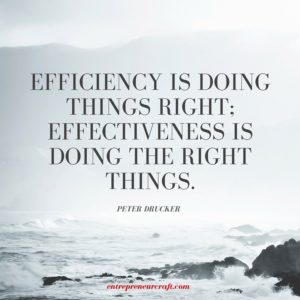How valuable are brands?

Bumper sticker: There’s nothing a little Starbucks and Disney can’t fix
Taio Cruz, in his 2010 song Dynamite, sings,
“I came to dance, dance, dance, dance
I hit the floor ’cause that’s my plans, plans, plans, plans
I’m wearin’ all my favorite brands, brands, brands, brands
Give me some space for both my hands, hands, hands, hands.”
For Taio (and his fellow songwriters on that particular number), the clothing he wears makes a difference in the quality of his experience. But it’s not the cut, color, or look of the clothing, it’s the brand that matters. It’s the same reason Taio rolls up on a sick BMW motorcycle in the music video for this song. We define ourselves by the brands we choose.
In the (now-classic) Christmas movie A Christmas Story, the narrator (Ralphie) explains his father by saying, “Some men are Baptists, others Catholics. My father was an Oldsmobile man.”
As customers, we define ourselves by the brands we consume. Many people think of themselves as Marlboro Men or Lululemon girls. We create self-conceptions based on our status as Wal-mart shoppers or Whole Foods people.
If you’re crafting a brand, identify the hooks that your customers use to identify with your brand. Remember that your market doesn’t just want to buy a product or service – they want an experience with your brand. Use the creation of a brand to make meaning and create community.
You know your brand is successful when your customers start identifying each other and interacting apart from you. Photoshop User Magazine and Photoshop World is a great example. Owned by Kelby Media Group, this community is a user group that collects Adobe’s fans and customers and allows them to celebrate and improve the work that makes them Adobe users. When your customers are willing to fly across the country to meet other like-minded customers, you have created a very engaging brand.
Here are some steps toward strengthening your brand:
- Identifying your brand’s values.
- Where are there people who care about what you care about? Who cares about this more than you do?
- How can you add value to these people’s lives?
- What tangible interaction points can you craft with your customers?
- What elements can you add to the customer experience to surface the things that you and your customers care about?
Use the Contact page if you’d like to talk about building your brand.

 Entrepreneurs are creatives. They’re pushed by external forces and pulled between ambitions that compete for mental space. Their dreams are rarely linear and often interrelated. Putting timelines to dreams is one of the hardest tasks an aspiring entrepreneur can face. They need systems for capturing, making sense of, and dealing with vastly disparate interests, from this month’s accounting to regulatory concerns to a new product direction. In a sense, entrepreneurs are the idealized type of the knowledge worker, but amplified to the furthest degree. Knowledge workers often have structures or supervisors to reign in their creativity, but entrepreneurs typically have neither. Their structures must be self-constructed if they exist at all.
Entrepreneurs are creatives. They’re pushed by external forces and pulled between ambitions that compete for mental space. Their dreams are rarely linear and often interrelated. Putting timelines to dreams is one of the hardest tasks an aspiring entrepreneur can face. They need systems for capturing, making sense of, and dealing with vastly disparate interests, from this month’s accounting to regulatory concerns to a new product direction. In a sense, entrepreneurs are the idealized type of the knowledge worker, but amplified to the furthest degree. Knowledge workers often have structures or supervisors to reign in their creativity, but entrepreneurs typically have neither. Their structures must be self-constructed if they exist at all.